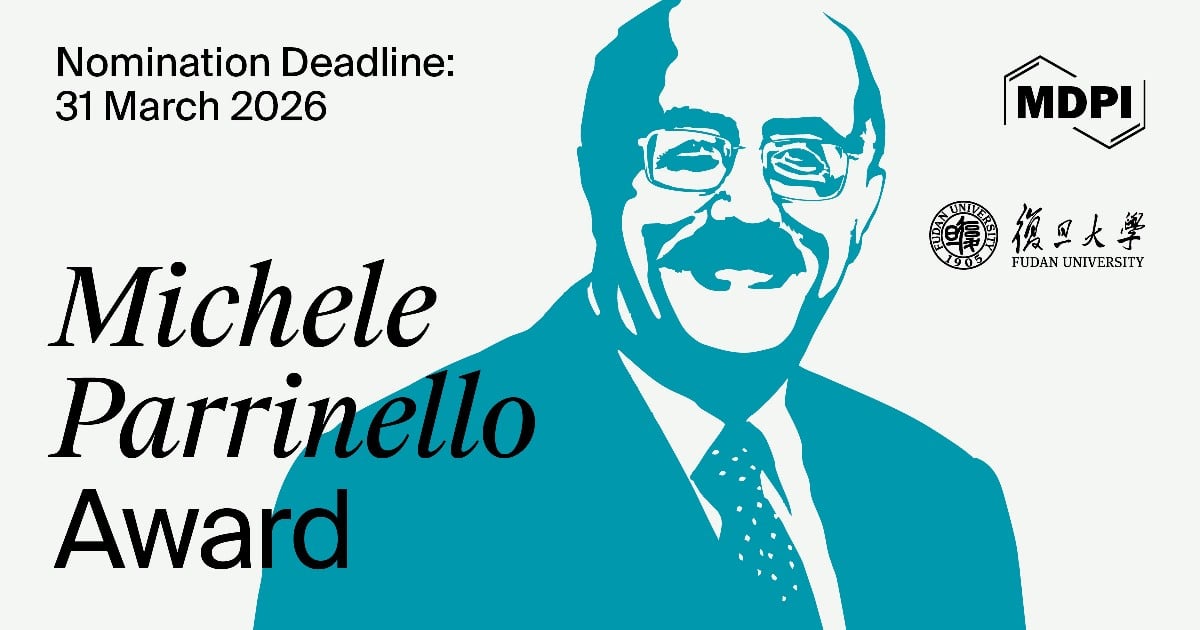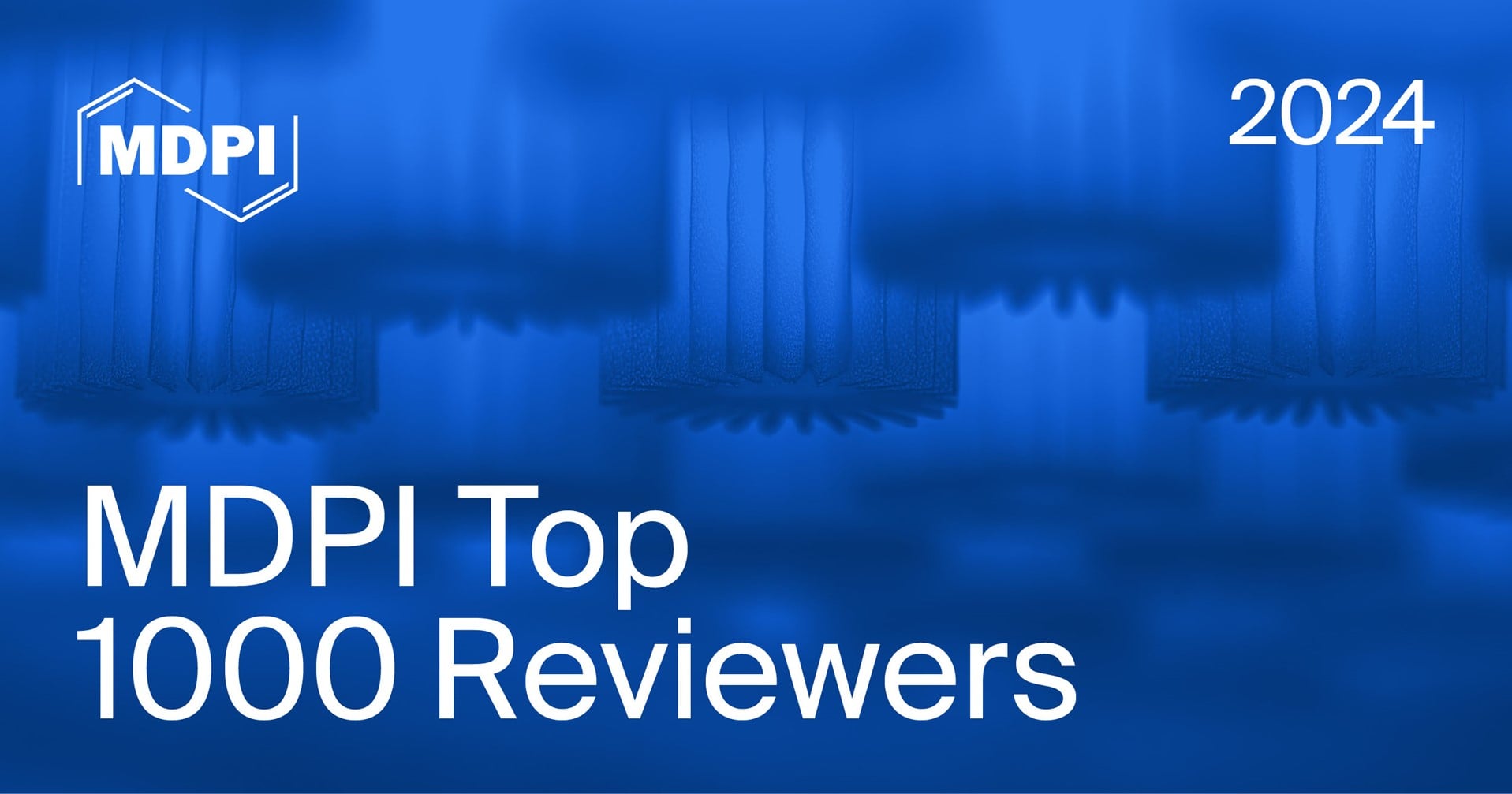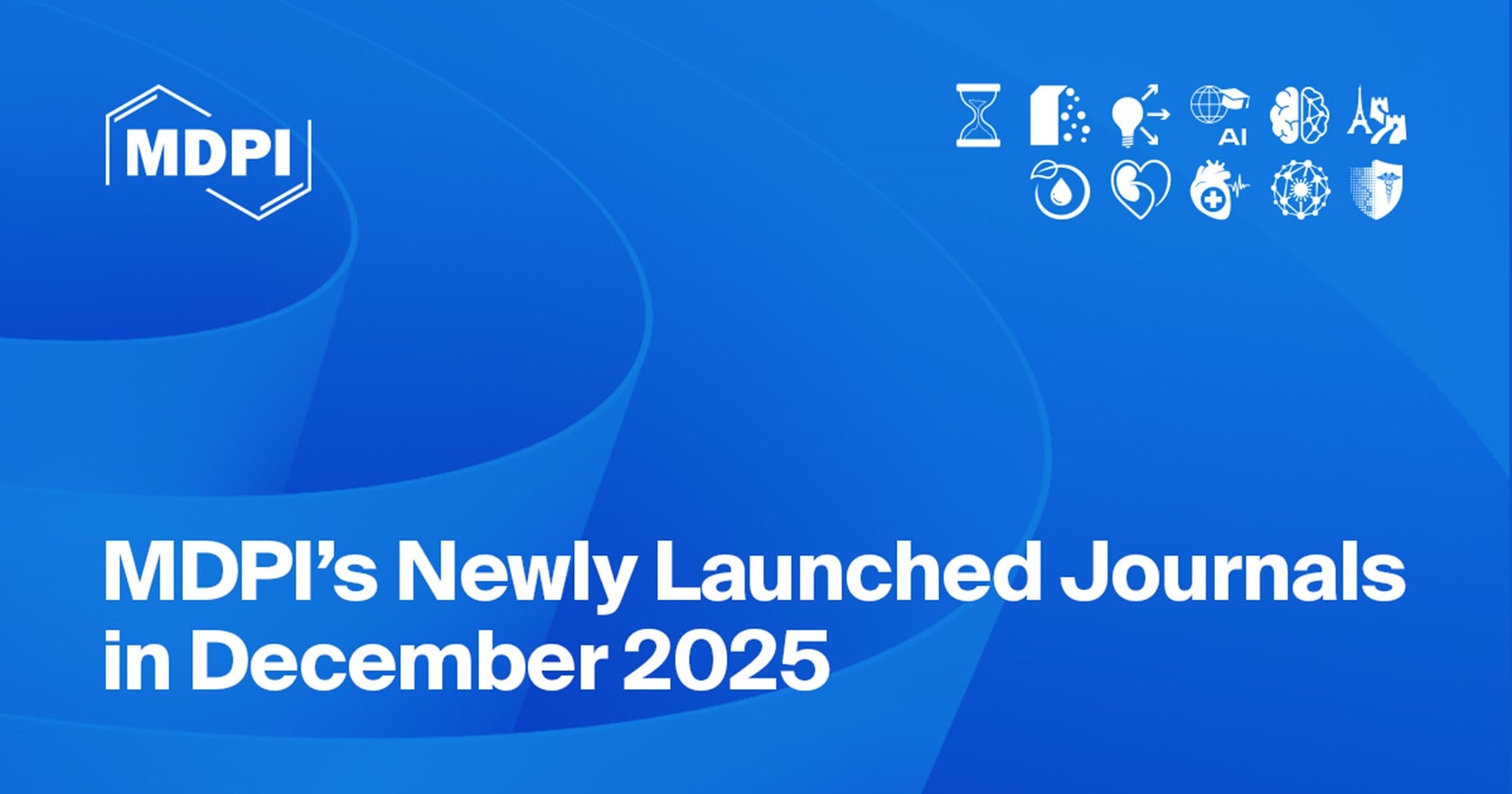Open AccessArticle
Gemological, Mineralogical and Spectral Characteristics of Forsterite from Pitawak Mine, Sar-e-Sang, Badakhshan, Afghanistan
by
Dai Zhang, Liu-Run-Xuan Chen, Hong-Tao Shen, Yun-Gui Liu, Zhi Qu, Xiao-Qi Yang, Hao-Nan Yin, Yu-Kai Hu, Abul Basit Hayat, Shi-Tao Zhang, Ruo-Han Zuo and Qiu-Yun Song
Crystals 2026, 16(1), 48; https://doi.org/10.3390/cryst16010048 (registering DOI) - 11 Jan 2026
Abstract
The Sar-e-Sang lapis lazuli deposit has a mining history exceeding 5000 years, producing the world’s finest lapis lazuli. Recently, gem-quality forsterite has been discovered in the marble containing spinel, dolomite, and phlogopite at the periphery of the lapis lazuli ore body at the
[...] Read more.
The Sar-e-Sang lapis lazuli deposit has a mining history exceeding 5000 years, producing the world’s finest lapis lazuli. Recently, gem-quality forsterite has been discovered in the marble containing spinel, dolomite, and phlogopite at the periphery of the lapis lazuli ore body at the Pitawak mine, located east of the Sar-e-Sang deposit. The mineral assemblage indicates that the protolith of this marble is dolomite with aluminous and siliceous components. These forsterite crystals occur as colorless, transparent anhedral grains, exhibiting distinct red fluorescence under 365 nm ultraviolet light. To investigate the gemological and spectroscopic characteristics of the Pitawak mine forsterite, this study conducted and analyzed data from basic gemological analysis, electron probe microanalysis (EPMA), Laser ablation inductively coupled plasma mass spectrometry (LA-ICP-MS), ultraviolet–visible absorption spectroscopy (UV-VIS), Fourier-transform infrared spectroscopy (FTIR), laser Raman spectroscopy (RAMAN), and photoluminescence spectroscopy (PL) on four forsterite samples from the Pitawak mine. The analysis results reveal that the samples indicate a composition close to ideal forsterite with a crystal chemical formula of (Mg
2.00Fe
0.02)
Σ2.02Si
0.99O
4. The trace elements present include Fe, Mn, Ca, and minor amounts of Cr and Ni. The UV-VIS spectroscopy results show that the samples possess high transmittance across the visible light range with very weak absorption bands, contributing to the colorless and transparent appearance of Pitawak mine forsterite. This phenomenon is attributed to the extremely low content of chromophoric elements, which have a negligible effect on the forsterite’s color. PL spectroscopy indicates that the red fluorescence of the samples is caused by an emission peak near 642 nm. This emission peak arises from the spin-forbidden
4T1 →
6A1 transition of Mn
2+ ions situated in octahedral sites within the forsterite structure.
Full article
►▼
Show Figures






























